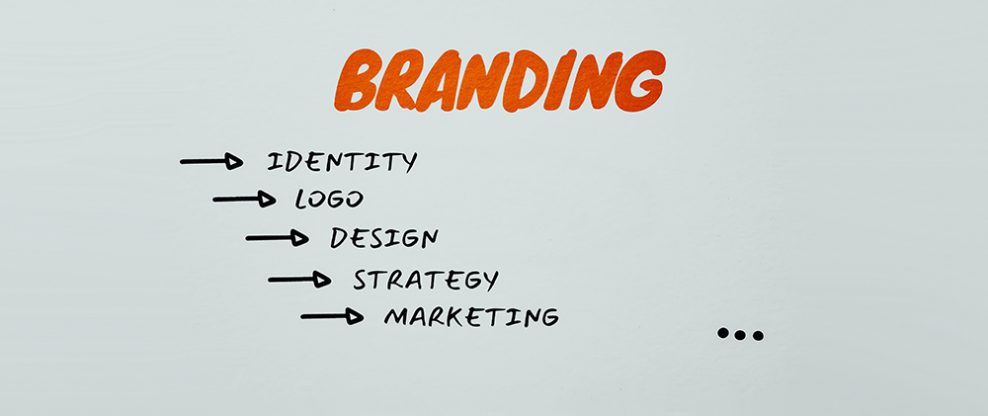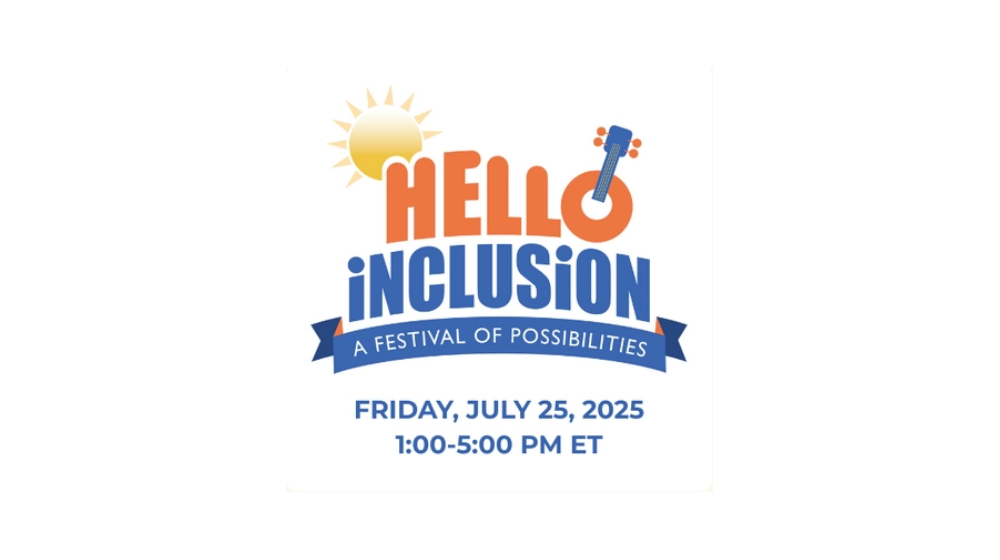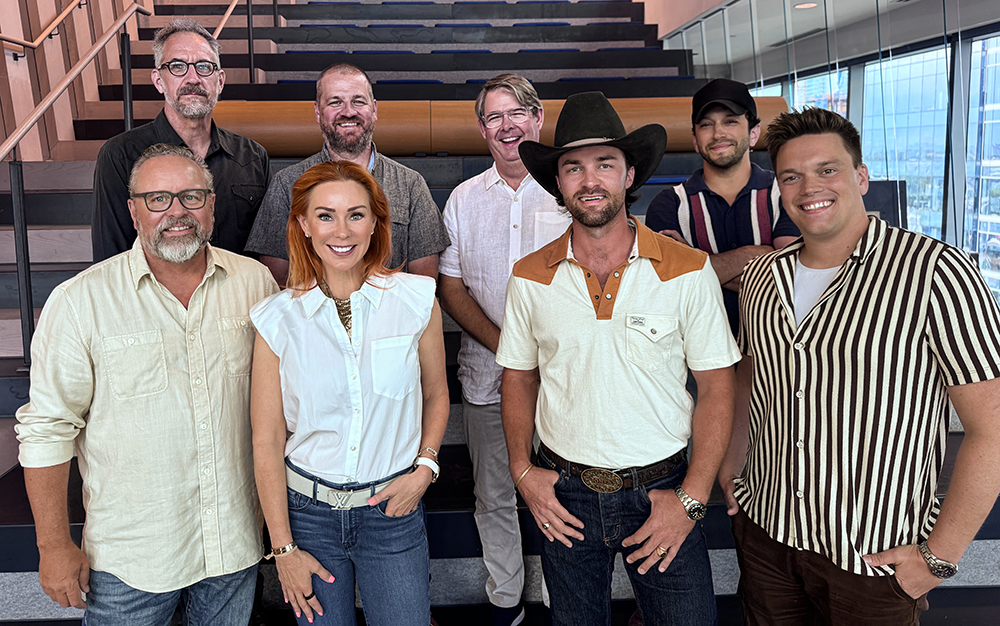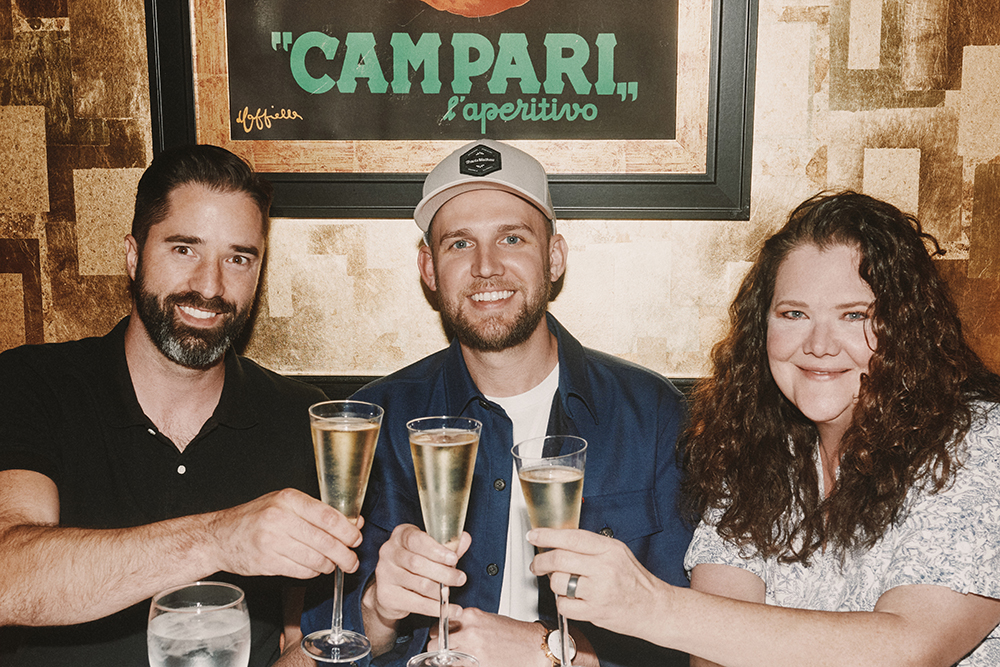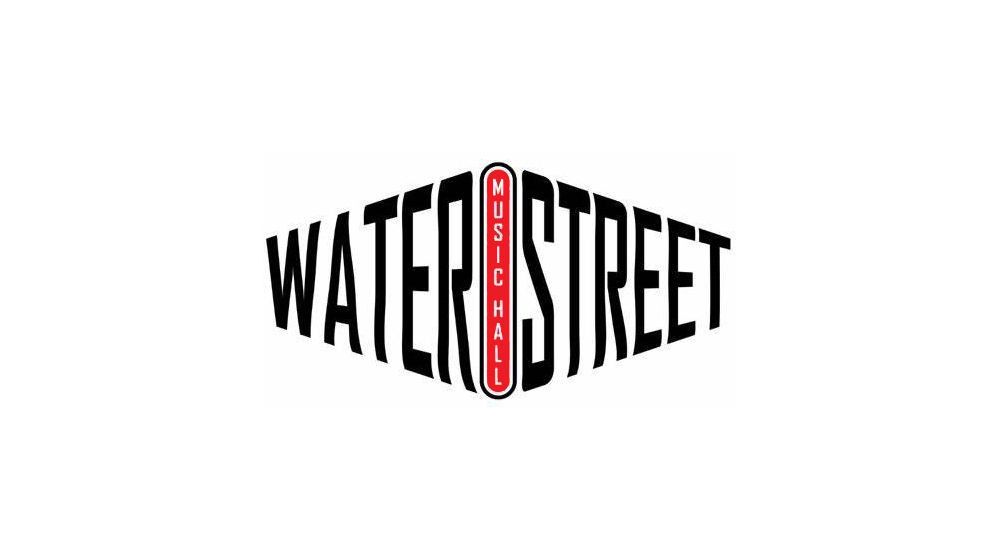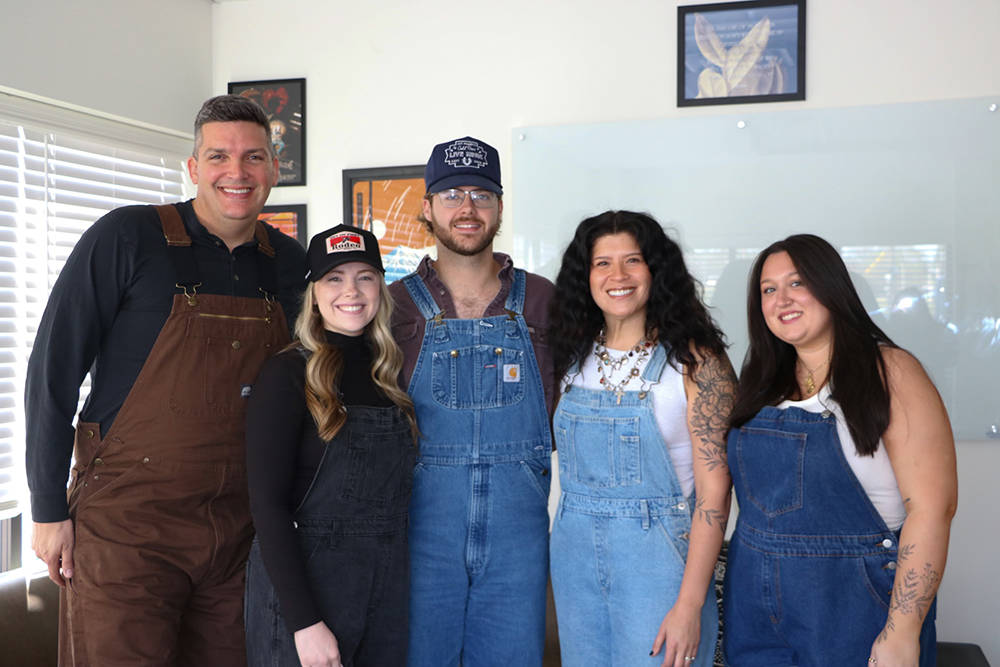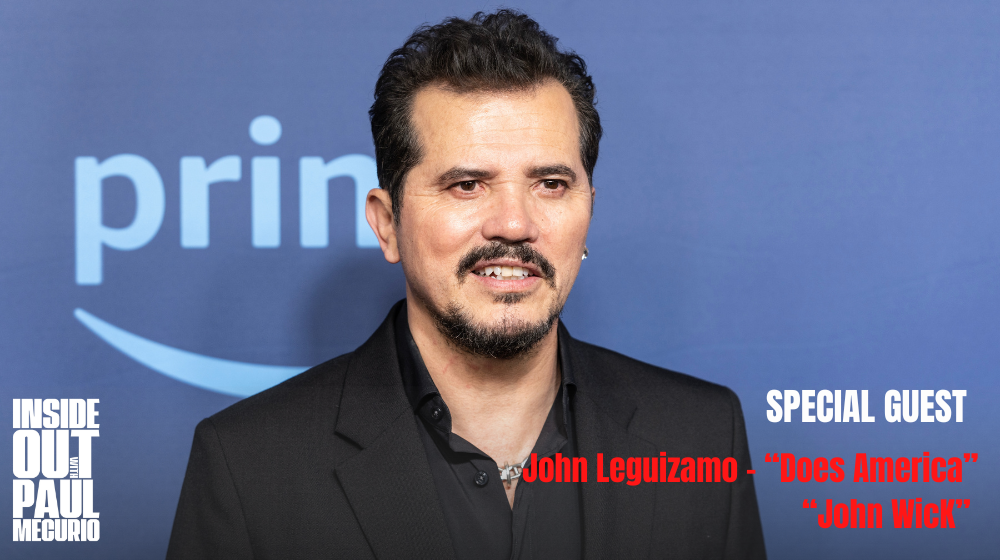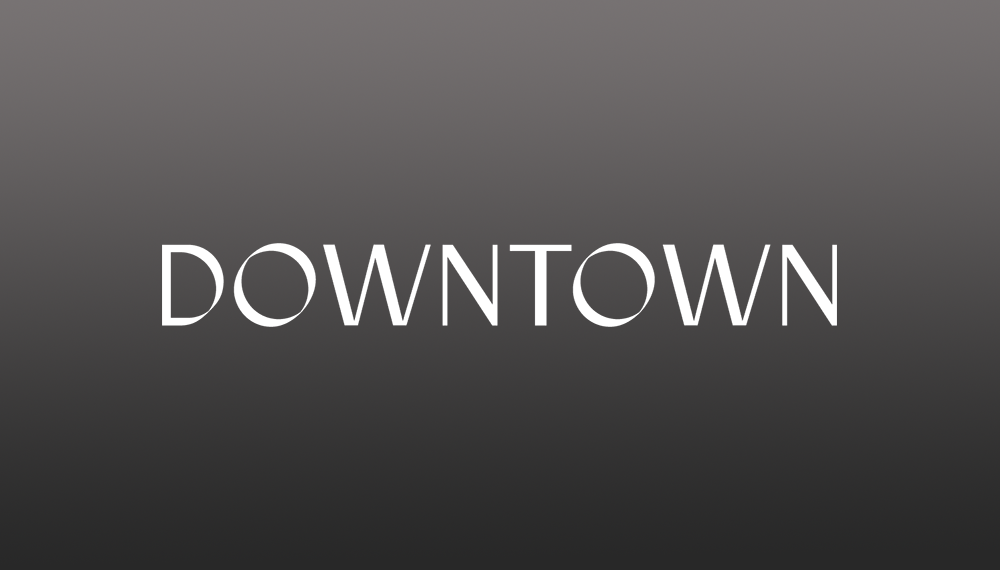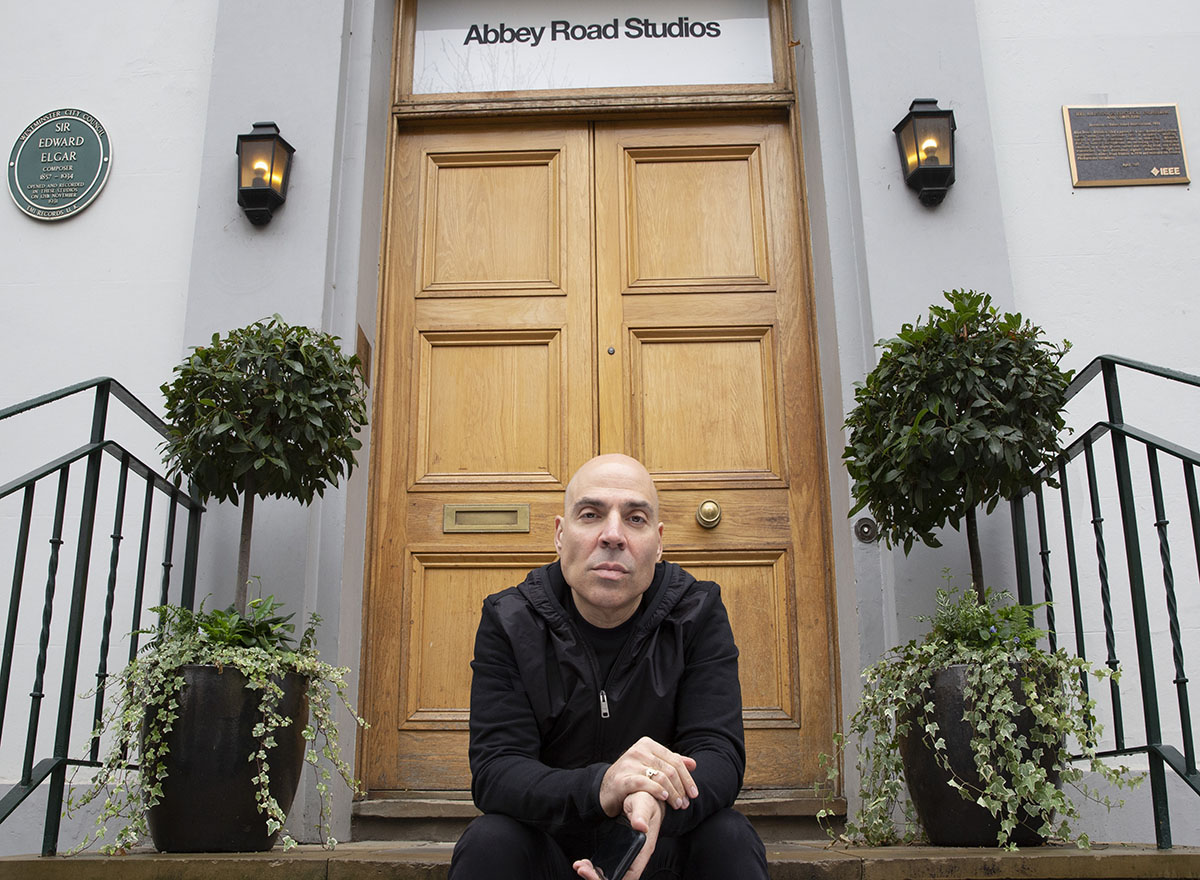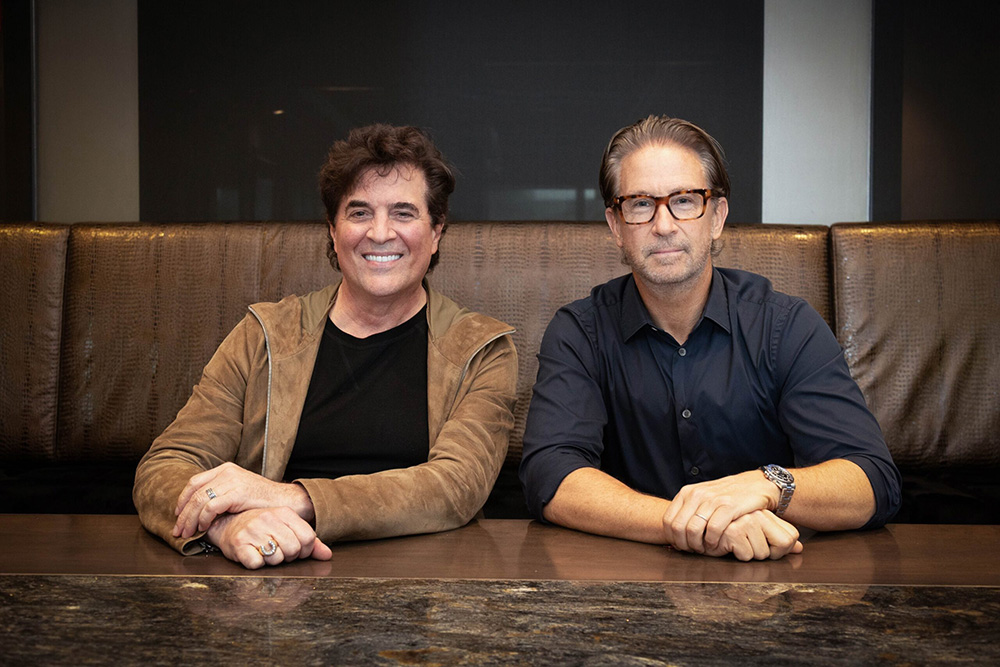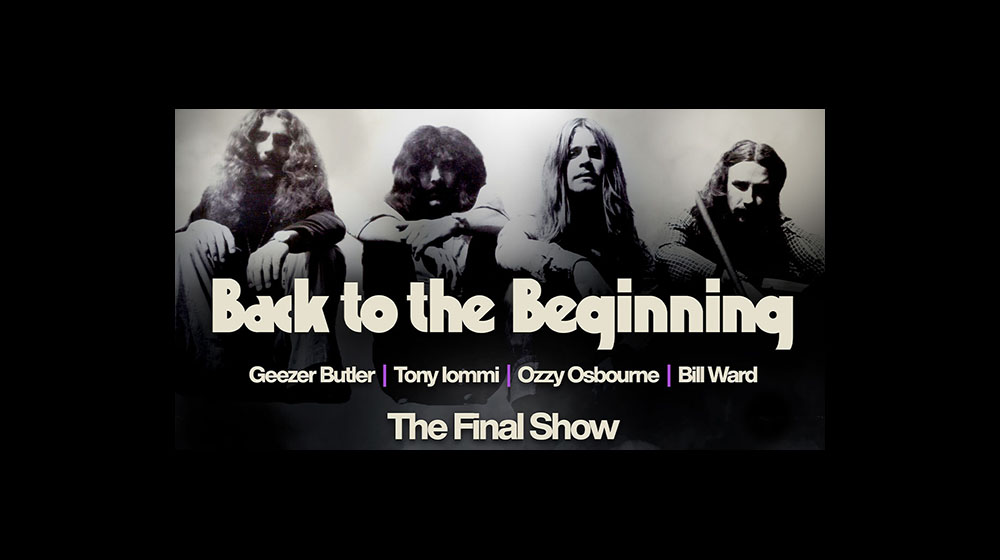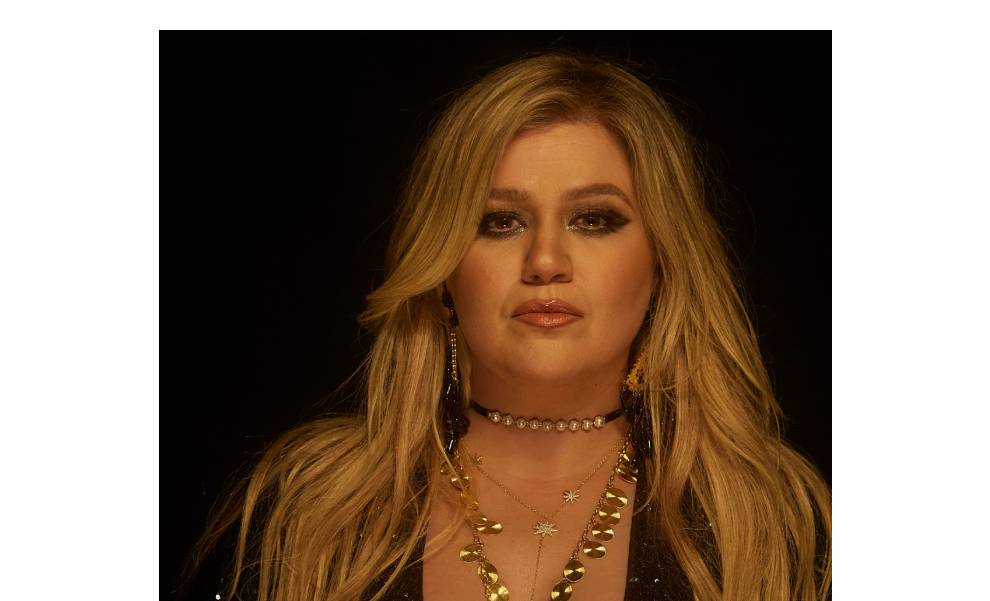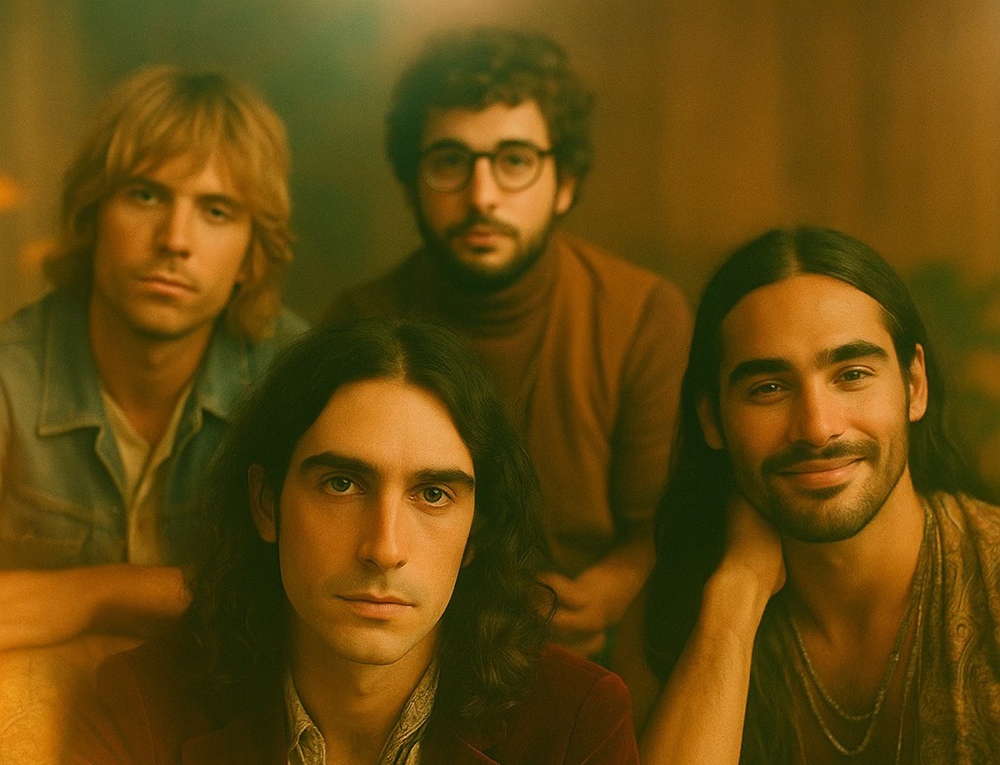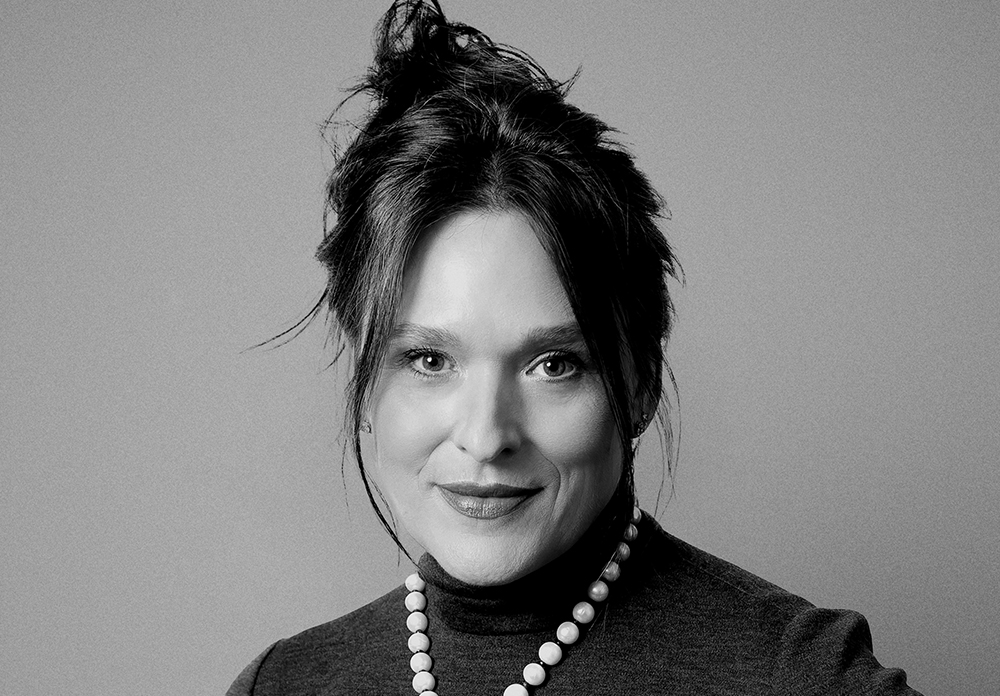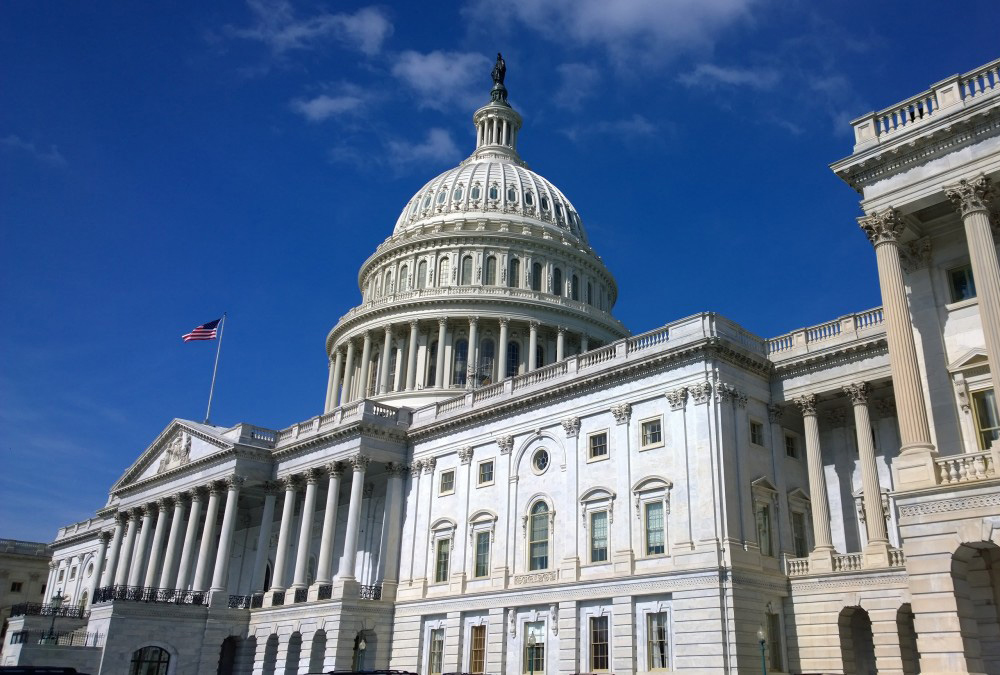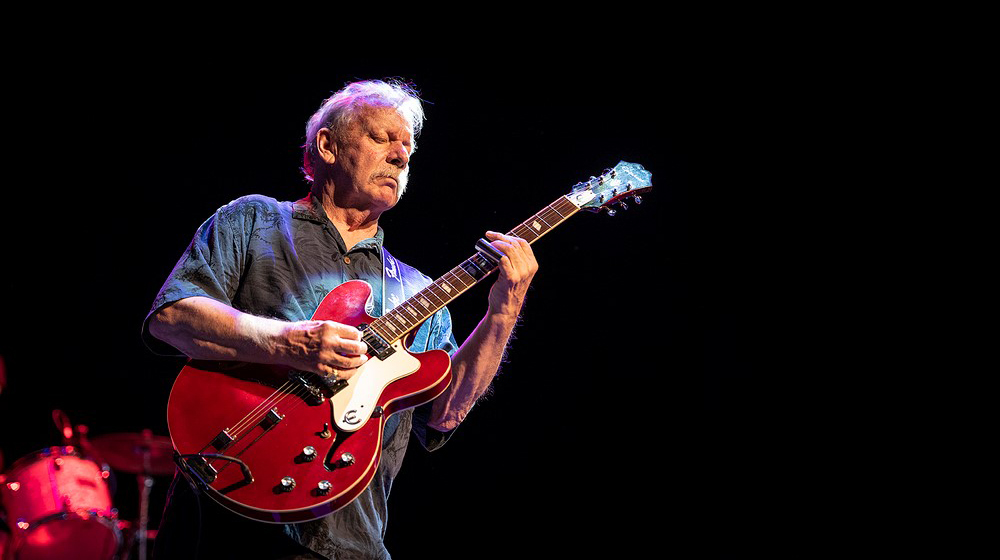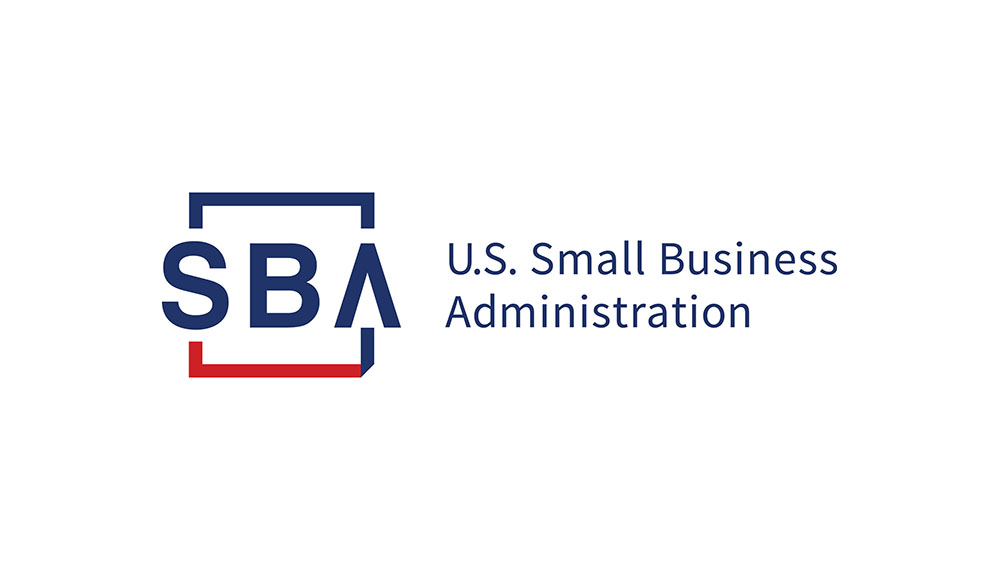(Hypebot) — These days, branding is one of the most important aspects of a music career. Keep reading to find out how it has changed in the digital and how it can benefit your music career.
A guest post by Janelle Borg of AmplifyYou
Streaming, NFTs, brand partnerships, crypto, communication strategies, social media calendar…right-brained individuals do not get into music to deal with all these buzzwords!
However, the changing consumption patterns and budding technologies show no signs of stopping, and the music-tech partnership has cemented itself as one of the main “breakout stars” of 2020. Therefore, artists need to look at less-traditional avenues when promoting their wares and building meaningful relationships with their core audience.
Creating a 21st-century artist brand requires artists and their teams to take all these digital platforms into account. A successful branding campaign should aim to reach new fans, empower the artist to stand out in the competitive and often over-saturated worlds of streaming and social media platforms, engage current fans, turn casual listeners into devoted fans and monetize the fanbase while remaining authentic to the artistic vision.
But what is music branding, anyway? And how can branding take an artist to the next level?
Music Branding: In a Nutshell
Let’s break down the oft-confused buzzword that is branding.
According to Collins Dictionary, “The branding of a product is the presentation of it to the public in a way that makes it easy for people to recognize or identify.”
Music branding encompasses an artist’s overall message, image, values, ambitions, music, lyrics, themes, personality etc. In essence, it’s what makes the artist unique and recognizable, helping fans identify with the artist, their image and music.
A successful marketing and communication strategy should differentiate Artist X from their competitors and creates a consistent experience that builds a loyal following. A brand strategy should include a clear roadmap to building brand identity, brand awareness and brand loyalty.
Brand identity refers to the visible elements of a brand – such as your artist name and logo, website, and social media color palette. Brand identity takes brand image a step further – it focuses on the intent behind choosing specific themes, that ultimately leads to the brand image i.e. the actual result.
The brand awareness strategy refers to how you’re going to make your target audience aware that you exist and what distinguishes you from the competition.
Finally, brand loyalty is the fandom. Your fans should start feeling like they’re part of a community. Furthermore, this is your core audience that tends to serve as your megaphone in the digital sphere. They’re devoted to your music and your artistry and are the ones that are ready to buy your concert tickets and merch.
Branding in the streaming era
The rise of ambient TV and “lean back” music (visuals and music that technically function as day-to-day screensavers) has led to ambient music becoming one of the most popular genres on DSPs. As of May 2021, Spotify playlists such as “Peaceful Piano”, “Deep Focus” and “Lo-Fi beats” boast approximately 4.5 million followers each.
Because of this trend, lo-fi producers are raking in millions of streams. However, there’s a disparity between the number of monthly listeners on DSPs and the actual number of loyal fans. A bedroom producer may have more than 500,000 monthly listeners and be included in high-ranking editor curated playlists. However, when you go on their Instagram, they often only have a couple of hundred or thousand followers, with a low-to-mid engagement rate.
What causes this huge disparity? Simple: it all boils down to brand loyalty. These bedroom producers’ tunes serve as ambient tracks that people listen to while they’re in a cafe or chilling at home (and baking bread). They’re not loyal to the artist per se – they’re only loyal to their carefully curated playlists.
Using branding to raise your profile
Our visual memory is an extremely powerful facet of our mind. When people see an artist, they associate specific visuals with them. Visuals add an exciting layer to the artist’s story and boost the sonic element, cementing a song or an artist into people’s minds. Therefore, interesting visuals can help you stand out from the crowd of seemingly similar artists since they intensify the memorability aspect of your project.
Social media platforms such as Instagram and TikTok are primarily visual platforms that enable artists to connect with fans via a simple photo or video. The dominance of these apps on every individual’s phone means that artists have to step up their game, as a striking visual identity is necessary to strengthen the connection with pre-existing fans and attract new followers.
The following marketing efforts combine innovative technology and creativity to create an immersive experience that engages fans:
- Personalization: Using platforms such as Twitch and Patreon to provide exclusive content to paying fans, as well as relatively old-school methods like interacting with your fans on social media, going live with your fans on Instagram and sending niche-specific mailshots.
- Virtual Reality: Interacting with fans via VR headsets and collaborating with video game developers to create a virtual concert (See Travis Scott’s collaboration with Fortnite)
- Augmented reality: creating artist-specific face filters for Instagram as well as interactive music videos and merch designs.
- NFTs: Creating non-fungible tokens and certified digital collectables that your top fans can bid on.
How do I brand myself as an artist?
Artist branding can be broken down into three main stages: defining, building and marketing your brand.
Defining your brand – Start by asking questions such as
- What inspires you as an artist?
- How would you describe your sound?
- What subcultures and communities do you belong to?
- What message are you trying to convey?
- Who would you deem as having a similar sound?
- Who’s your idol?
- How would you describe your fashion sense?
Building your brand – Use your answers to build “tangible” elements such as your artist name, logo, color palette, website, social media profiles, merch and stage persona.
Marketing your brand – Identify the main marketing channels that would fit your brand and constantly seek to perfect and expand your brand to different channels and global regions. Channels can include but are not limited to live shows, social media platforms, brands you can partner with, merchandise etc.
What K-Pop can teach us about branding
K-Pop is one of South Korea’s biggest exports and accounts for 0.3% of the country’s GDP.
The biggest element that makes the K-Pop industry so successful is the way they approach branding and marketing. Pre-debut, each K-pop group or artist has their own name, logo, color, visuals, website, fandom name and so on. Companies also carefully curate each member’s style and persona within the group – allowing the fans to pick and stan their favorite member.
BTS, K-Pop’s biggest export, have redefined music branding and marketing. Their fandom – the BTS ARMY – is the epitome of brand loyalty: the band has the Midas touch, and their fans are ready to buy everything that BTS put out. Their million-dollar partnerships with Puma, Line Friends and Mattel, amongst many others, have turned this band into a global powerhouse. Through their constant interaction with fans on social media (they even have a unified fan-band logo) and their label’s savvy branding strategy, BTS have built an empire, with products and experiences ranging from a multi-city art installation – Connect BTS – to BTS-endorsed fried chicken. Western fans, in particular, appreciate BTS’ dedication to their fans and the fact that they interact with them on social media and fan channels. Furthermore, they’re also drawn to the fact that the K-Pop industry requires artists to release several projects per year (referred to as comebacks). This work ethic from one of the world’s tiger economies prioritizes fans over pure artistry, satisfying the needs of the 21st -century digital consumer.
Where do we go from here?
The domination of streaming and social media has led artists and their teams to come up with innovative approaches to age-old branding and identity enigmas.
Social media platforms and innovative digital technologies have led to a plethora of opportunities for artists to interact with their fans and to create a fully immersive experience that completely shatters the concept of the artist mystique. Artists such as BTS and their team have been successful in breaking the fourth wall to create a powerful fandom that has taken the band’s success to new heights.
All in all, a branding formula based on the ever-decreasing gap between “the artist” and “the fan” is the way to go in a world where the lines between the virtual and the real are blurred.
Janelle Borg knows a thing or two about the music industry. Having been involved in the industry since the age of 13, she’s now involved in a variety of music-related projects and is always keen to share industry tips ‘n’ tricks with fellow musicians.

